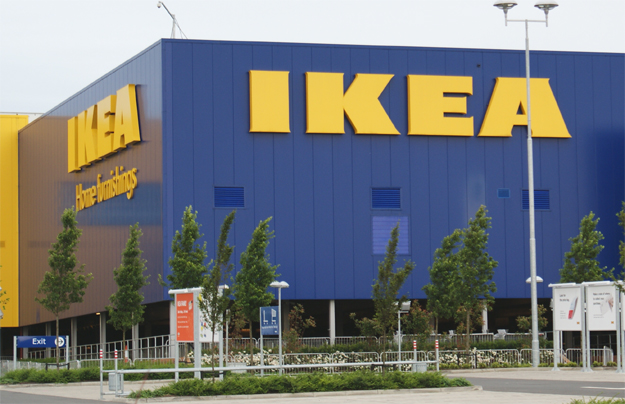The third largest consumer of wood globally is ikea

The Third-Largest Consumer of Wood Globally is IKEA

Wood is the most widely used natural resource on our planet, and its consumption has significant implications for the environment. As concerns about deforestation and habitat destruction continue to rise, it is crucial to identify the major players in the wood industry and understand their impact. Surprisingly, one of the largest consumers of wood globally is IKEA, the Swedish furniture retail giant.
According to a report by The Atlantic, IKEA consumes vast amounts of wood for its furniture production. The company relies heavily on wood-based materials such as particleboard, plywood, and veneer, which require immense quantities of timber. As a result, they have become the third-largest consumer of wood in the world, after Home Depot and Lowe’s.
As an environmentally conscious company, IKEA acknowledges the importance of responsible sourcing and sustainable practices. They understand the need to preserve forests and minimize their ecological impact. To achieve this goal, IKEA has implemented several initiatives to ensure the wood used in their products comes from responsible sources.
One of the most essential steps taken by IKEA is their commitment to only using wood from verified sources certified by the Forest Stewardship Council (FSC). The FSC certification ensures that the wood is sourced sustainably and meets rigorous environmental and social standards. By adhering to these strict criteria, IKEA aims to promote responsible forestry, preserve biodiversity, and support local communities.

In addition to sourcing from certified forests, IKEA also focuses on increasing the efficiency of their wood usage. They have invested in research and development to find innovative ways to maximize the yield from each tree they consume. By utilizing advanced technology and optimizing production processes, IKEA aims to minimize waste and reduce their overall demand for wood.
Moreover, IKEA is actively involved in reforestation efforts worldwide. They engage in tree planting initiatives, contributing significantly to forest restoration projects. By planting millions of trees every year, IKEA not only offsets its wood consumption but also contributes towards combating climate change and restoring ecosystems.
It is worth mentioning that while IKEA’s wood consumption is significant, they have taken commendable steps towards sustainability. By prioritizing responsible sourcing, increasing efficiency, and supporting reforestation efforts, IKEA demonstrates a commitment to minimizing their environmental impact.
In conclusion, IKEA ranks as the third-largest consumer of wood globally. However, their dedication to sustainable practices and responsible sourcing sets them apart from other large-scale wood consumers. By choosing FSC-certified wood, optimizing production processes, and actively engaging in reforestation, IKEA strives to mitigate the environmental implications of their wood consumption.
Source: The Atlantic
Related Posts
Quick Links
Legal Stuff

